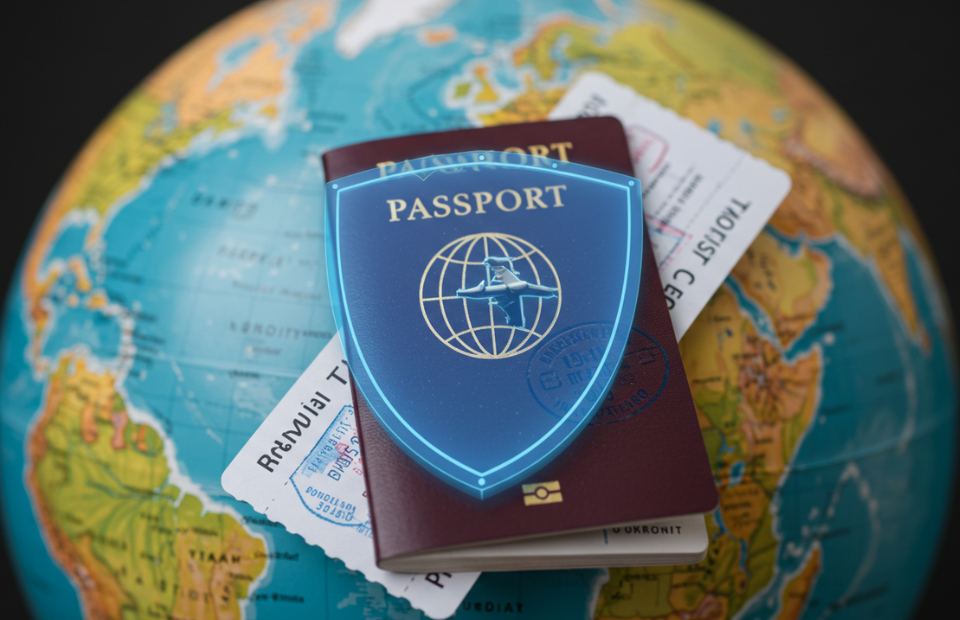Travel insurance has become a must-have for many in 2025, with global travel rebounding and new uncertainties like extreme weather, health risks, and geopolitical shifts. But not all policies are created equal. Before you buy, here’s what you need to know to make an informed decision.

Why Travel Insurance Matters More Than Ever
Travel in 2025 comes with unique challenges. Flight disruptions are up 15% from pre-2020 levels due to labor shortages and supply chain issues, per aviation data. Medical costs abroad can be staggering—think $50,000 for a hospital stay in the U.S. or Europe. Plus, climate-driven events like hurricanes or heatwaves are delaying or canceling trips more frequently. A good policy can protect your wallet and peace of mind.
Key Coverage to Look For
Not all travel insurance plans cover the same things. Here are the essentials to prioritize:
- Trip Cancellation/Interruption: Covers non-refundable costs if you cancel or cut your trip short for covered reasons like illness, family emergencies, or natural disasters. Look for policies with flexible “cancel for any reason” (CFAR) options, though they cost 20-50% more.
- Medical Coverage: Ensure at least $100,000 in emergency medical coverage and $250,000 for medical evacuation. Some countries now require proof of coverage for entry.
- Baggage and Personal Items: Policies should cover lost, stolen, or delayed luggage, with limits around $500-$3,000. Check if high-value items like cameras or laptops are included.
- Delay Coverage: Covers expenses like hotels or meals if flights are delayed (typically 6+ hours). Standard payouts range from $150-$500.
- Adventure Activities: If you’re skiing, scuba diving, or hiking, confirm your policy covers these. Many exclude “high-risk” activities unless you add a rider.

What’s New in 2025
Travel insurance is evolving. Here’s what’s trending:
- Pandemic Coverage: Most insurers now treat COVID-19 like other illnesses, covering cancellations or medical costs if you test positive. But read the fine print—some exclude other emerging diseases.
- Climate Risk Add-Ons: With wildfires and storms on the rise, some policies offer coverage for weather-related cancellations, even if your destination isn’t directly hit.
- Digital Claims: Insurers like Allianz and World Nomads now process claims via apps, with payouts in as little as 24 hours for straightforward cases.
- Subscription Models: Frequent travelers can opt for annual plans or pay-per-trip micro-insurance, which can save 10-20% compared to single-trip policies.
Common Pitfalls to Avoid
- Skipping the Fine Print: Policies vary widely. Exclusions for pre-existing conditions, specific destinations, or activities can catch you off guard. For example, 60% of standard policies don’t cover mental health-related cancellations.
- Buying Too Late: Purchase insurance within 14 days of booking your trip to maximize benefits, like coverage for pre-existing conditions or CFAR options.
- Overpaying for Low-Value Plans: Airport kiosks or airline-offered insurance often have high markups and limited coverage. Compare quotes from sites like Squaremouth or InsureMyTrip instead.
- Assuming Credit Card Coverage Is Enough: Many travel credit cards offer basic insurance, but limits are often low (e.g., $500 for baggage) and may not include medical evacuation.
How to Choose the Right Policy
- Assess Your Needs: A backpacker in Southeast Asia needs different coverage than a retiree on a cruise. List your destinations, activities, and health concerns.
- Compare Quotes: Use aggregator sites to compare at least 3-5 plans. Focus on coverage limits, not just price.
- Check Insurer Reputation: Look for companies with high ratings from AM Best or Standard & Poor’s for financial stability. Read reviews on claims processing speed.
- Understand Exclusions: If traveling to a high-risk destination (e.g., areas with State Department warnings), confirm coverage isn’t voided.
- Ask About 24/7 Assistance: Good insurers offer round-the-clock helplines for emergencies, from finding a doctor to replacing a passport.
Cost Expectations
Travel insurance typically costs 4-10% of your trip’s total price. A $5,000 trip might run $200-$500 for comprehensive coverage. Older travelers or those with medical conditions may pay more. Annual plans for frequent travelers start at $300-$600.
Final Thoughts
Travel insurance in 2025 isn’t just a safety net—it’s a way to navigate an unpredictable world. By understanding your needs, comparing options, and reading the fine print, you can find a policy that fits your trip and budget. Don’t leave home without it.
Disclaimer: This post is for informational purposes only. Always consult with a licensed insurance provider before purchasing travel insurance.


